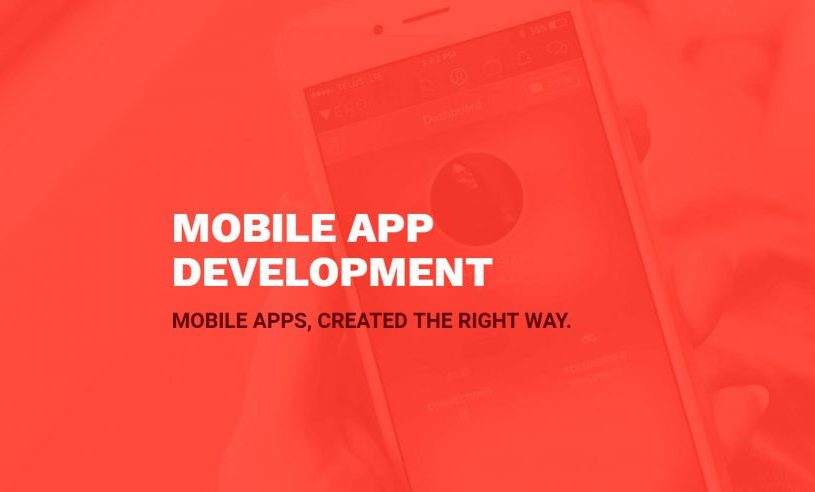We're often asked what makes an app great. The short version: Truly great apps don’t merely let users do things on their phones — they innovate and delight users. Mobile app success is by exceeding user expectations in uniquely mobile terms.
Beware: In mobile computing, “exceeding user expectations” does not mean “exceeding user needs.” The bloated approach behind classic, one-size-fits all PC software won’t fly in the more personalized, use-it-on-the-go mobile world. In creating any new app, resist the temptation to scope out an all-encompassing feature set. Instead, follow these seven essential best practices to deliver what users really want, and really need.
- Have a clear, laser-like focus on your goal. When Instagram first appeared, there were already loads of photo-sharing apps on the market — yet Instagram emerged quickly as the category-definer. The key: A super-tight focus on making the act of capturing, editing, and sharing beautiful photos fun. Because Instagram delivers on this goal, users share more images more frequently than they otherwise would, with many becoming advocates.
- Keep your initial feature set simple and aligned with your goal. “Feature creep” has plagued software development since its inception — there’s always room for more code. Resist the temptation; don’t try to build everything into version 1.0. Instagram had already caught fire before its creators added video. They mastered photos first, garnering success with a streamlined solution and setting the stage for new-feature acceptance later.
- If possible, find a unique user experience that grabs attention. For as long as there have been apps, there have been dating apps — and Tinder flipped the experience on its head with a simple swiping action. It’s elementary, it’s uniquely suited to mobile, and users love it. Remember, though, not every user experience is relevant to every app. Appropriating the wrong user experience for an app’s purpose gets annoying quickly.
- Take a clean, progressive approach to design. Early stock-trading apps reflected boring, enterprise designs that elevated the complexity of finance above aesthetics. Robinhood broke the mold as the first stock-trading app with a modern, clean visual approach. That approach included making the main screen focus beautifully on the app’s primary features — viewing your portfolio and making trades.
- Simplify navigation to secondary features and settings. Functions that go beyond the app’s primary focus may be of high interest to you, yet come off as confusing clutter to users. Take extra care to make secondary features and settings support your app’s primary features, without having them get in the way.
- Don’t fret initially about scaling. While it’s good to anticipate success and the eventual need to scale, building a high degree of scalability into an app’s initial release can greatly drive up development costs. Avoid premature optimization and opt instead for infrastructure with low cost of ownership and the potential for future scalability. When the app takes off and you do need to focus on scaling, that’s a great problem to have. If you’re in the process of concepting and budgeting for app development, swing over to my article The Real Costs of Building Mobile Apps: Getting Started.
- Make onboarding effortless for users. Cap off the above best practices by building in a start-up process that gets the user experience underway quickly and easily. If your app requires initial sign-up and setup, walk first-time users through it with the fewest, simplest prompts possible — then let them start having fun.
To recap: In launching an app, your most essential obligation is to give users a superior experience on a small, handheld device, which is inherently challenging. Following these seven essential best practices is your best shot at not only hooking users but achieving true mobile app success and gaining advocates — the hallmark of every successful app in use today.
Check out our must read articles about Mobile App Development

Your Best Choice for an Android App Development Company
Your Best Choice for an Android App Development Company Get a Quote Your Best Choice for an Android App Development...
Read Article
The iOS App Development Company That Gets It
The iOS App Development Company That Gets It Get a Quote The iOS App Development Company That Gets It Reach a wider...
Read Article
